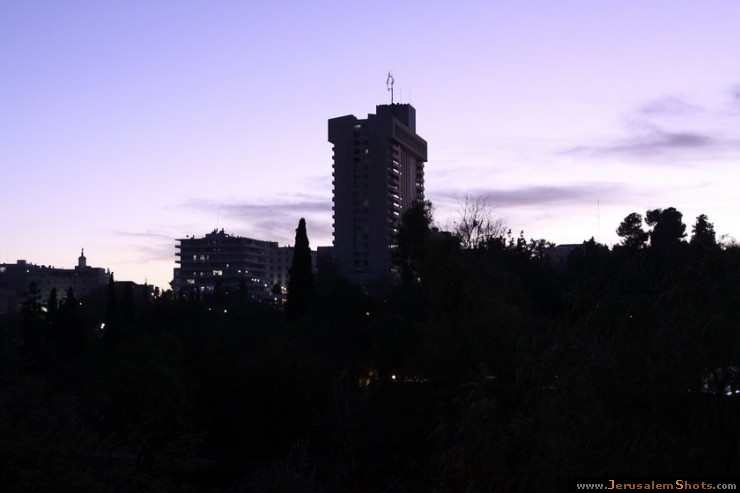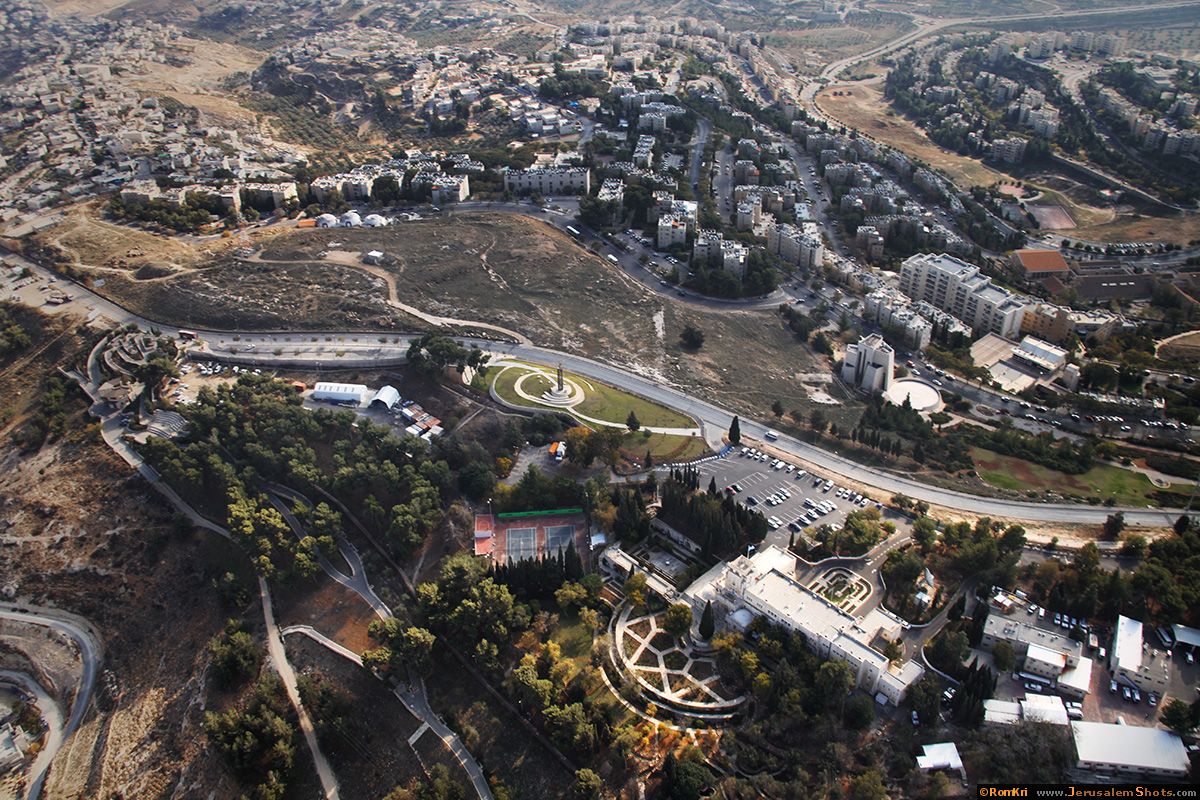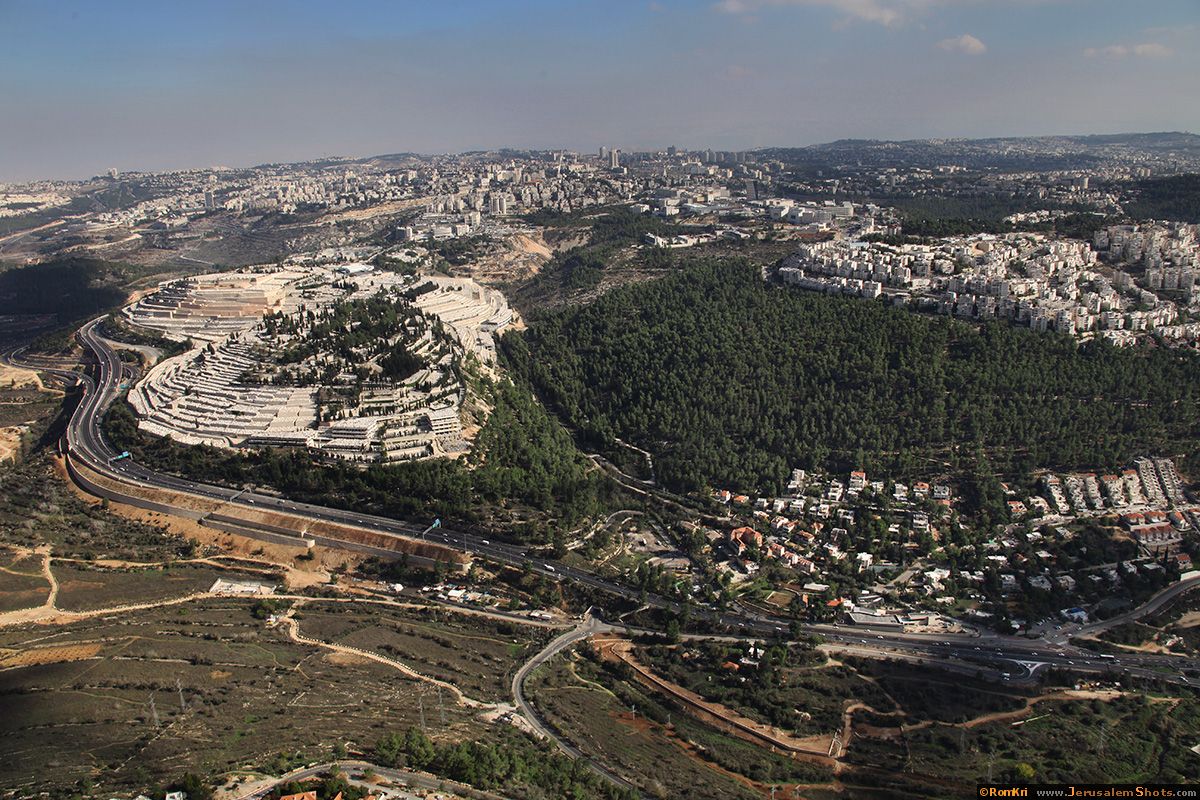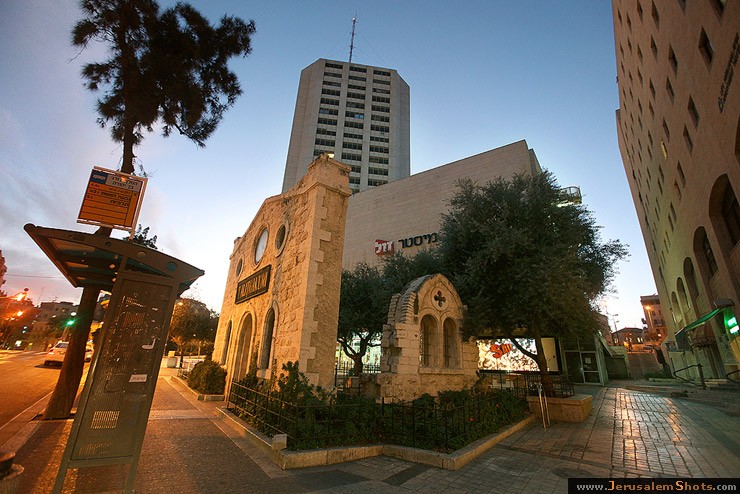 © RomKri
\ Musrara
© RomKri
\ Musrara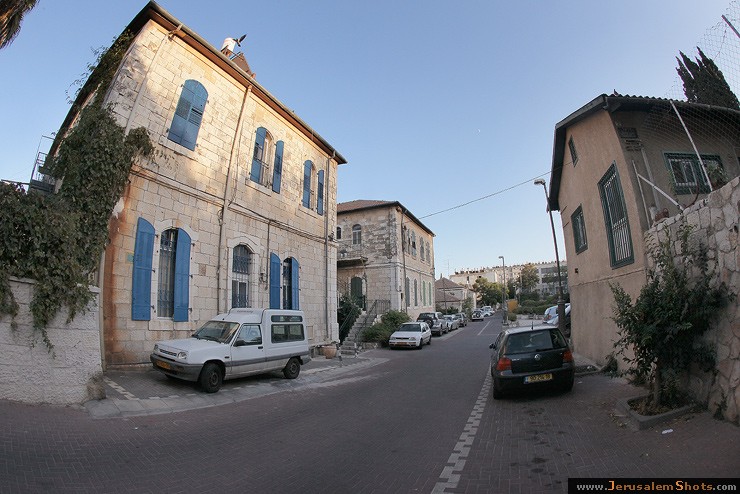
 © RomKri
\ Hevron street
© RomKri
\ Hevron street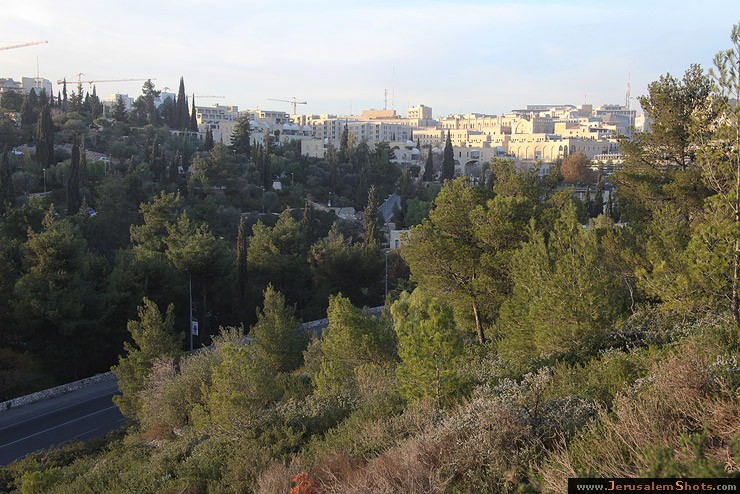
 © RomKri
\ Old City
© RomKri
\ Old City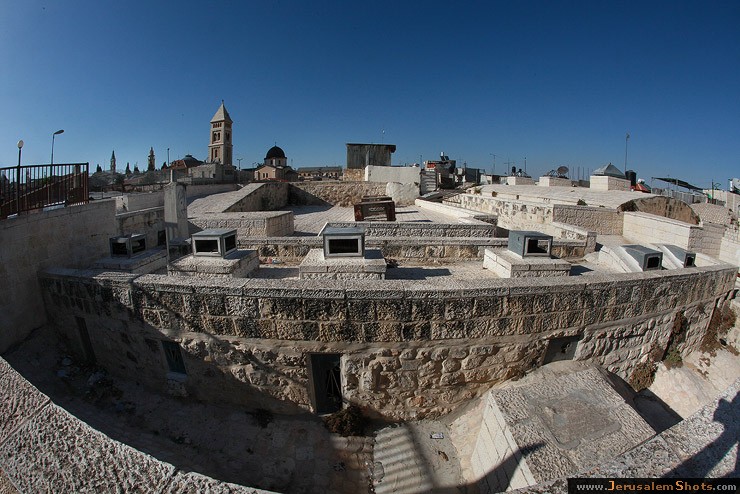
 © RomKri
\ Al-Aqsa Mosque
© RomKri
\ Al-Aqsa Mosque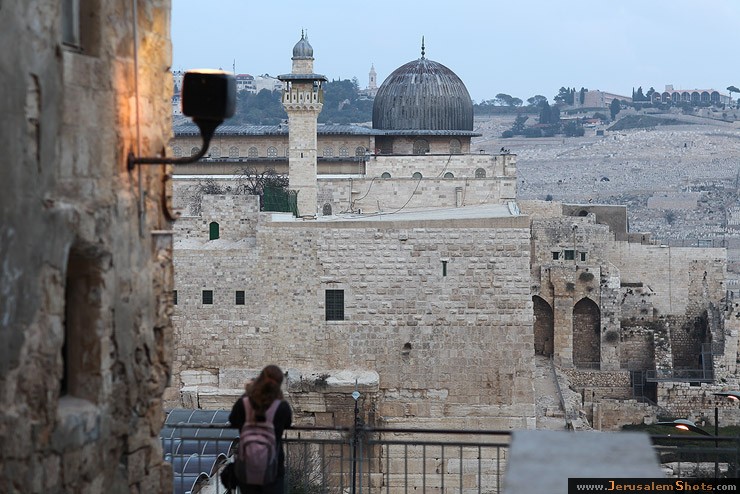
 © RomKri
\ East Jerusalem
© RomKri
\ East Jerusalem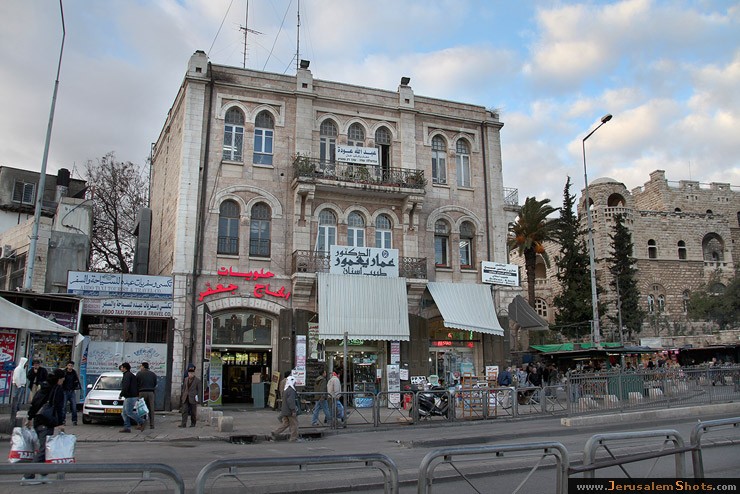
 © RomKri
\ Old City
© RomKri
\ Old City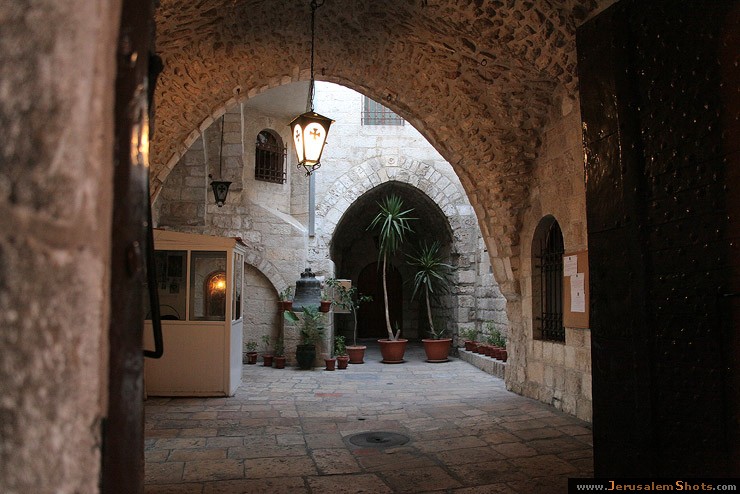
 © RomKri
\ Jaffa Gate
© RomKri
\ Jaffa Gate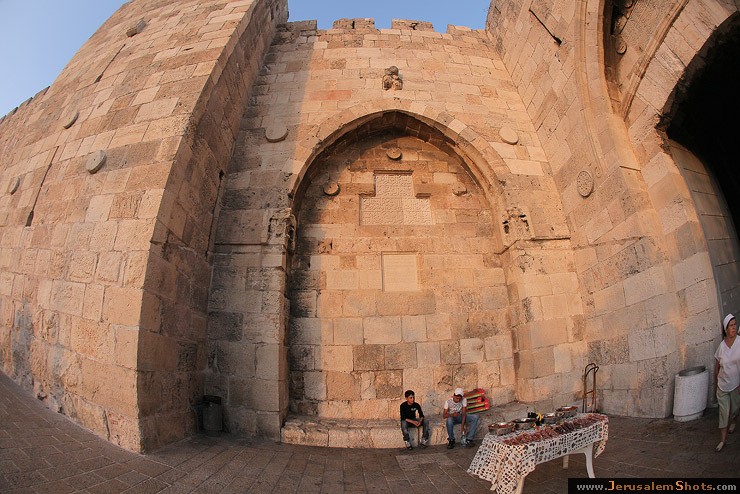
 © RomKri
\ Hevron street
© RomKri
\ Hevron street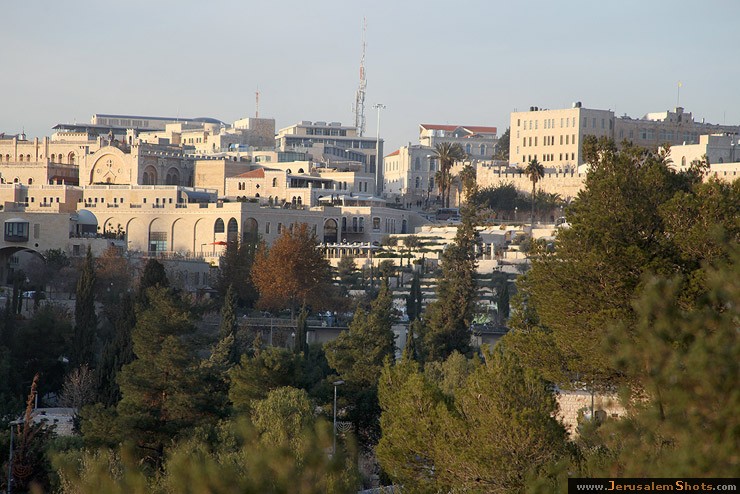
 © RomKri
\ Shamai street at night
© RomKri
\ Shamai street at night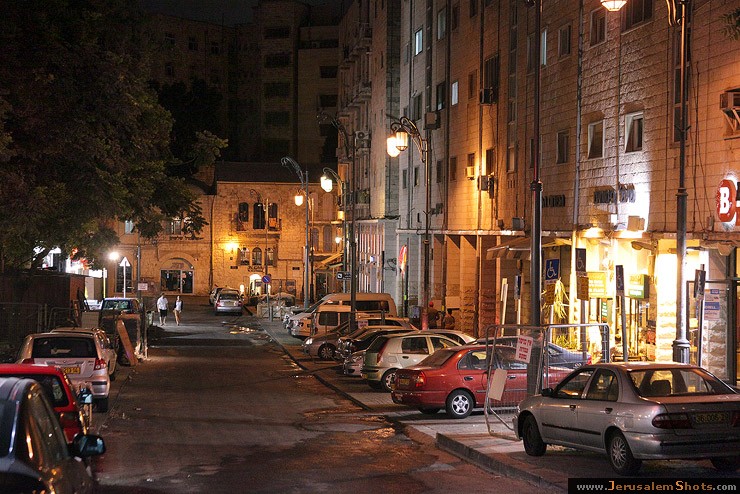
 © RomKri
\ Brichat Sultan
© RomKri
\ Brichat Sultan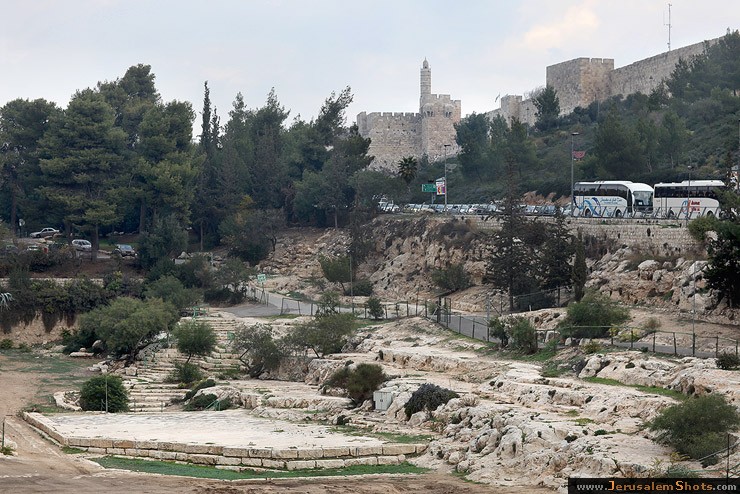
 © RomKri
\ City Entry
© RomKri
\ City Entry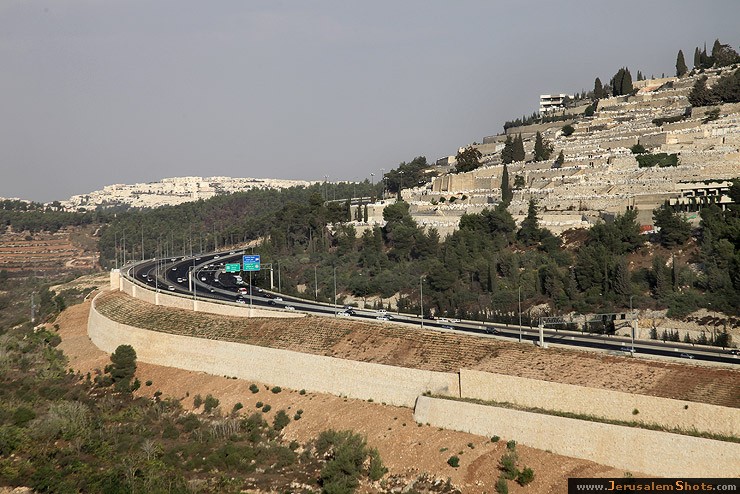
 © RomKri
\ Gehenna
© RomKri
\ Gehenna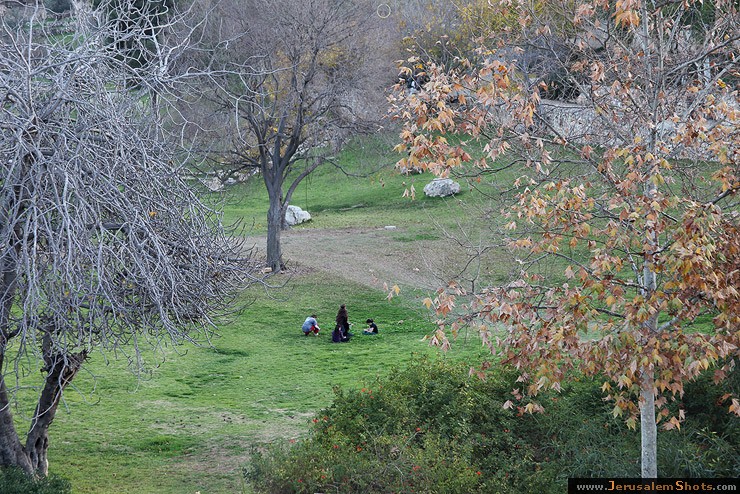
Gehenna, gehinnam, or gehinnom (Hebrew: גהנום, גהנם, Greek γεεννα) are words used in Jewish and Christian writings for the place where evil people go in the afterlife (see Hell). The name is derived from a geographical site in Jerusalem known as the Valley of Hinnom, one of the two principal valleys surrounding the Old City. Initially the site where idolatrous Jews sacrificed their children to the god Molech (2 Chr. 28:3, 33:6; Jer. 7:31, 19:2-6), the valley later became the common wasteyard for all the refuse of Jerusalem. Here the dead bodies of animals and of criminals, and rubbish, were cast and, according to legend, consumed by a constant fire. In time it became the image of the place of everlasting destruction in Jewish tradition[1]. However, Jewish tradition suggests the valley had a 'gate' which led down to a molten lake of fire. (Possibly 'The furnace of Yahweh' in Zion to which Isaiah refers 31:9, 30:33). It is unknown whether this 'gate' was an actual geophysical feature within the valley that provided the focus for cultic activity (2 Kings 23:10) or simply a metaphorical identification with the entrance to the underworld that had come to be associated with the valley.
Gehenna is cited in the New Testament and in early Christian writing to represent the final place where the wicked will be punished or destroyed after resurrection. In both Rabbinical Jewish and Christian writing, Gehenna as a destination of the wicked is different from Sheol or Hades, the abode of the dead.
Taken from wikipedia.org
Gehenna is cited in the New Testament and in early Christian writing to represent the final place where the wicked will be punished or destroyed after resurrection. In both Rabbinical Jewish and Christian writing, Gehenna as a destination of the wicked is different from Sheol or Hades, the abode of the dead.
Taken from wikipedia.org
 © RomKri
\ Gehenna
© RomKri
\ Gehenna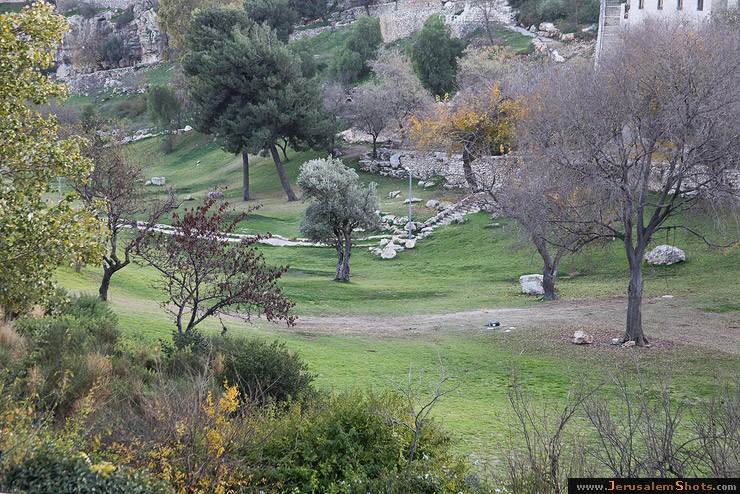
Gehenna, gehinnam, or gehinnom (Hebrew: גהנום, גהנם, Greek γεεννα) are words used in Jewish and Christian writings for the place where evil people go in the afterlife (see Hell). The name is derived from a geographical site in Jerusalem known as the Valley of Hinnom, one of the two principal valleys surrounding the Old City. Initially the site where idolatrous Jews sacrificed their children to the god Molech (2 Chr. 28:3, 33:6; Jer. 7:31, 19:2-6), the valley later became the common wasteyard for all the refuse of Jerusalem. Here the dead bodies of animals and of criminals, and rubbish, were cast and, according to legend, consumed by a constant fire. In time it became the image of the place of everlasting destruction in Jewish tradition[1]. However, Jewish tradition suggests the valley had a 'gate' which led down to a molten lake of fire. (Possibly 'The furnace of Yahweh' in Zion to which Isaiah refers 31:9, 30:33). It is unknown whether this 'gate' was an actual geophysical feature within the valley that provided the focus for cultic activity (2 Kings 23:10) or simply a metaphorical identification with the entrance to the underworld that had come to be associated with the valley.
Gehenna is cited in the New Testament and in early Christian writing to represent the final place where the wicked will be punished or destroyed after resurrection. In both Rabbinical Jewish and Christian writing, Gehenna as a destination of the wicked is different from Sheol or Hades, the abode of the dead.
Taken from wikipedia.org
Gehenna is cited in the New Testament and in early Christian writing to represent the final place where the wicked will be punished or destroyed after resurrection. In both Rabbinical Jewish and Christian writing, Gehenna as a destination of the wicked is different from Sheol or Hades, the abode of the dead.
Taken from wikipedia.org
 © RomKri
\ Hebrew University Scopus
© RomKri
\ Hebrew University Scopus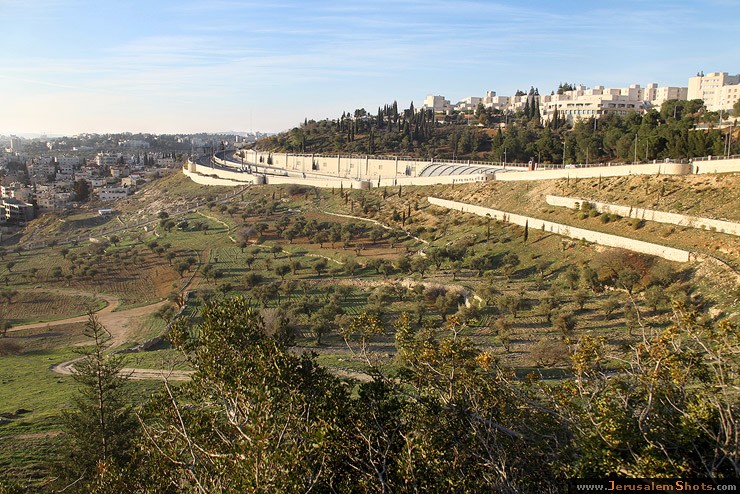
 © RomKri
\ Pavilion radio station Kol Yisrael
© RomKri
\ Pavilion radio station Kol Yisrael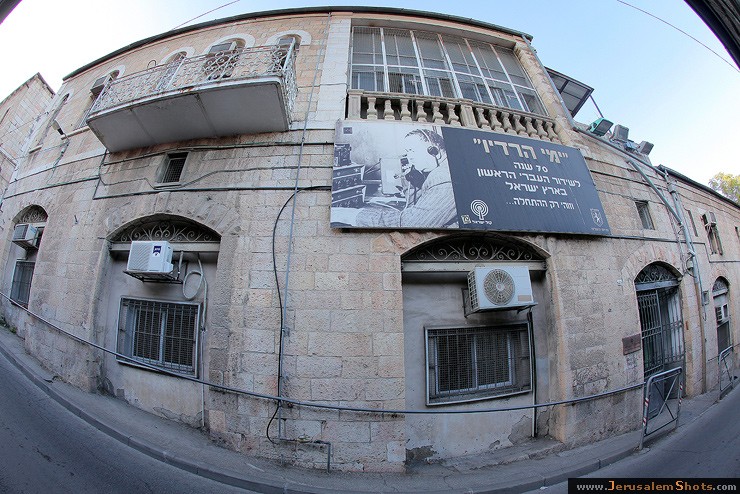
 © RomKri
\ Hevron street
© RomKri
\ Hevron street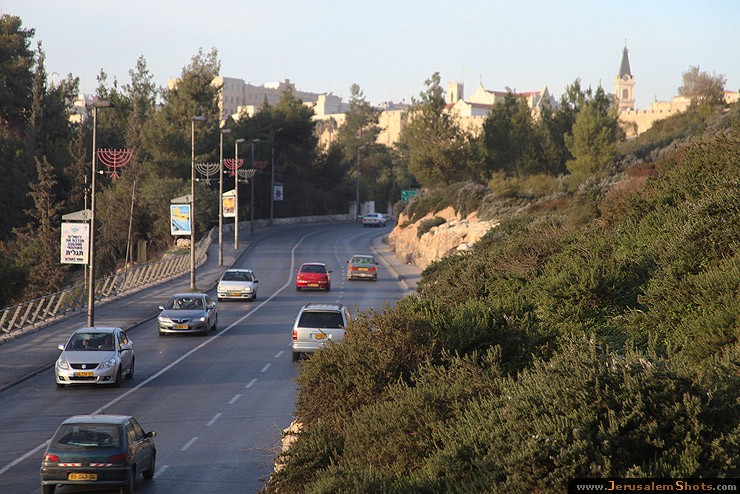
 © RomKri
\ Mamila
© RomKri
\ Mamila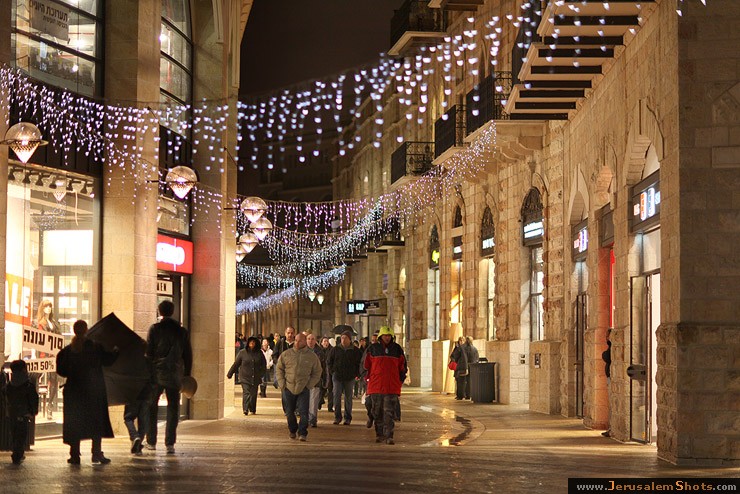
 © RomKri
\ Gehenna
© RomKri
\ Gehenna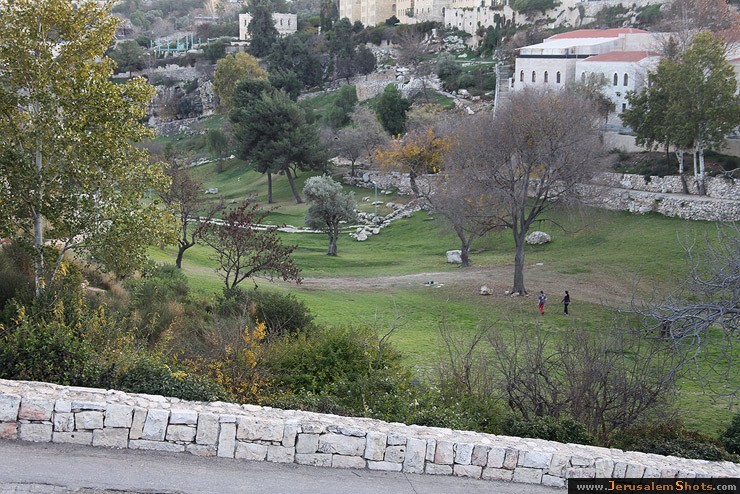
Gehenna, gehinnam, or gehinnom (Hebrew: גהנום, גהנם, Greek γεεννα) are words used in Jewish and Christian writings for the place where evil people go in the afterlife (see Hell). The name is derived from a geographical site in Jerusalem known as the Valley of Hinnom, one of the two principal valleys surrounding the Old City. Initially the site where idolatrous Jews sacrificed their children to the god Molech (2 Chr. 28:3, 33:6; Jer. 7:31, 19:2-6), the valley later became the common wasteyard for all the refuse of Jerusalem. Here the dead bodies of animals and of criminals, and rubbish, were cast and, according to legend, consumed by a constant fire. In time it became the image of the place of everlasting destruction in Jewish tradition[1]. However, Jewish tradition suggests the valley had a 'gate' which led down to a molten lake of fire. (Possibly 'The furnace of Yahweh' in Zion to which Isaiah refers 31:9, 30:33). It is unknown whether this 'gate' was an actual geophysical feature within the valley that provided the focus for cultic activity (2 Kings 23:10) or simply a metaphorical identification with the entrance to the underworld that had come to be associated with the valley.
Gehenna is cited in the New Testament and in early Christian writing to represent the final place where the wicked will be punished or destroyed after resurrection. In both Rabbinical Jewish and Christian writing, Gehenna as a destination of the wicked is different from Sheol or Hades, the abode of the dead.
Taken from wikipedia.org
Gehenna is cited in the New Testament and in early Christian writing to represent the final place where the wicked will be punished or destroyed after resurrection. In both Rabbinical Jewish and Christian writing, Gehenna as a destination of the wicked is different from Sheol or Hades, the abode of the dead.
Taken from wikipedia.org
 © RomKri
\ Cardo street
© RomKri
\ Cardo street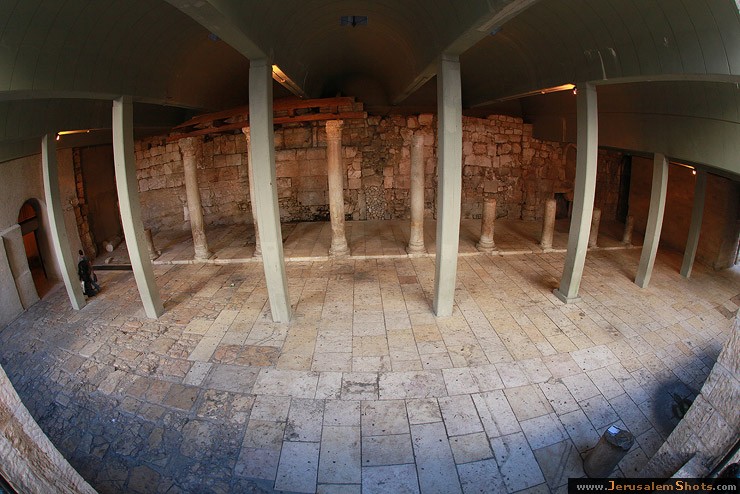
 © RomKri
\ Windows of Jerusalem
© RomKri
\ Windows of Jerusalem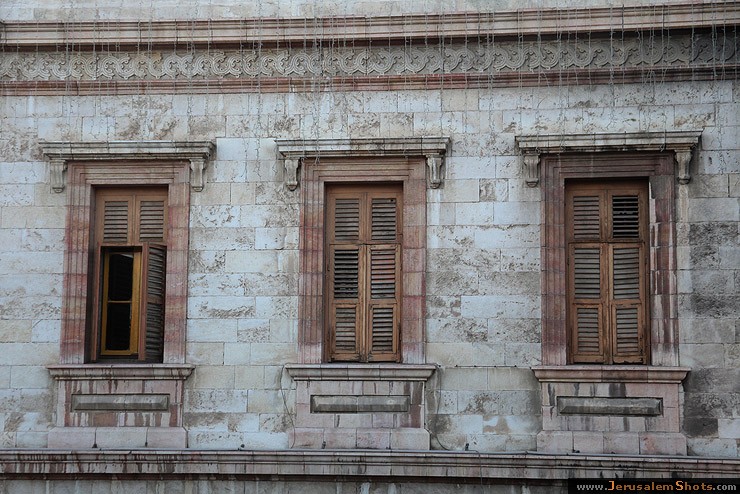
 © RomKri
\ Kotel
© RomKri
\ Kotel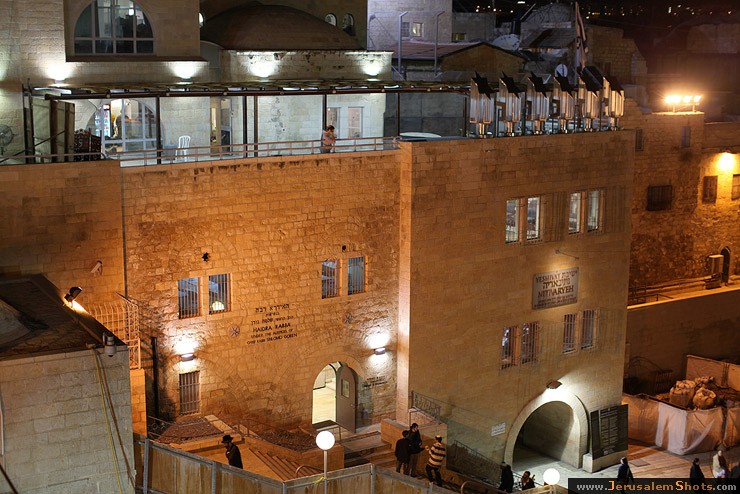
 © RomKri
\ Church of the Holy Sepulchre
© RomKri
\ Church of the Holy Sepulchre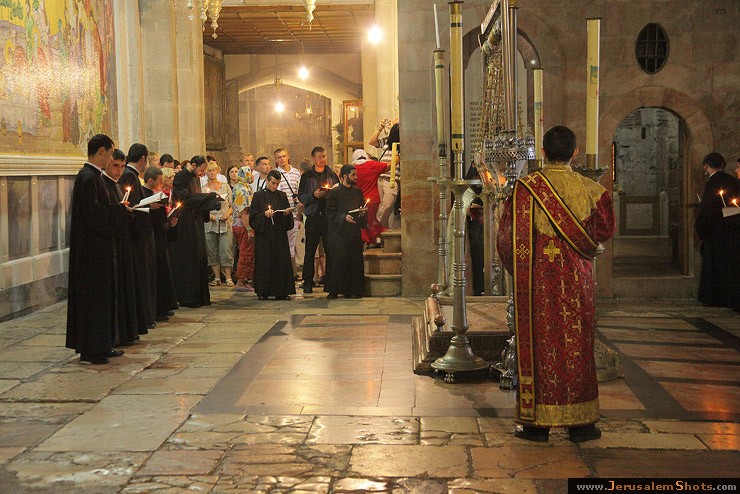
 © RomKri
\ Holy Land
© RomKri
\ Holy Land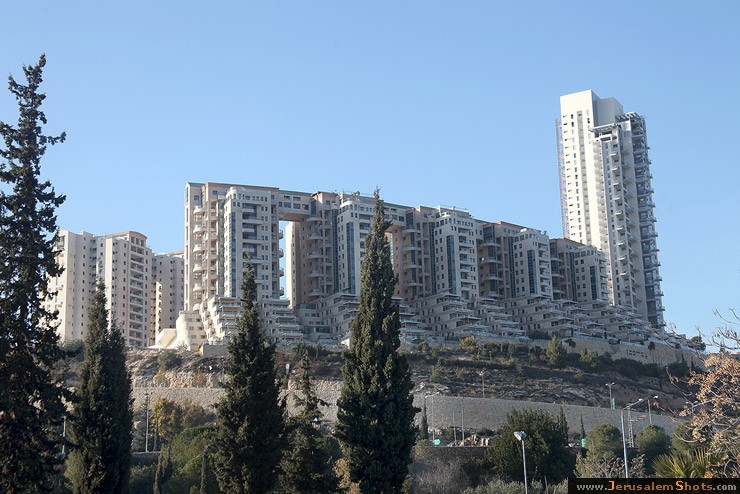
 © RomKri
\ Via Dolorosa
© RomKri
\ Via Dolorosa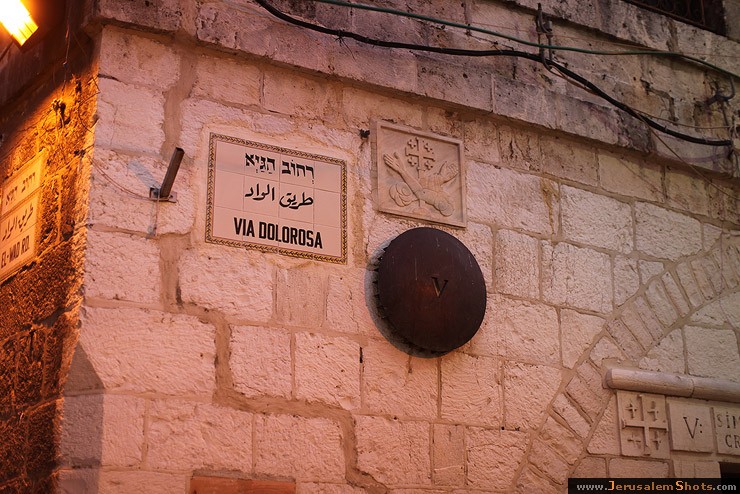
 © RomKri
\ Churches & Monasteries
© RomKri
\ Churches & Monasteries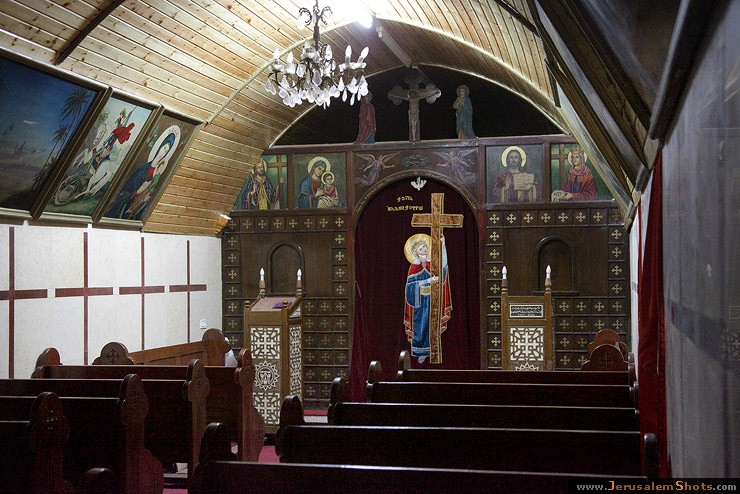
 © RomKri
\ Temple Mount
© RomKri
\ Temple Mount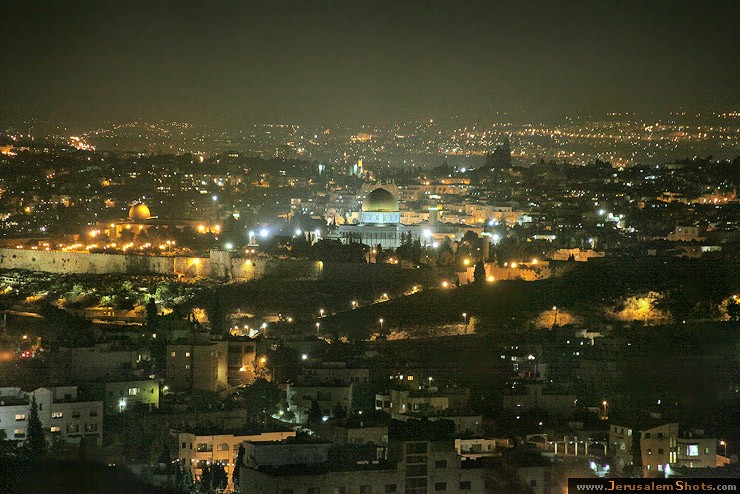
 © RomKri
\ Jewish boy
© RomKri
\ Jewish boy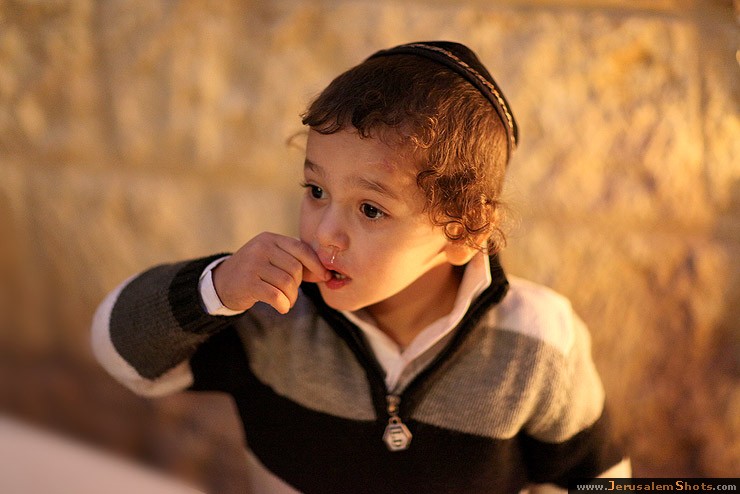
 © RomKri
\ Via Dolorosa
© RomKri
\ Via Dolorosa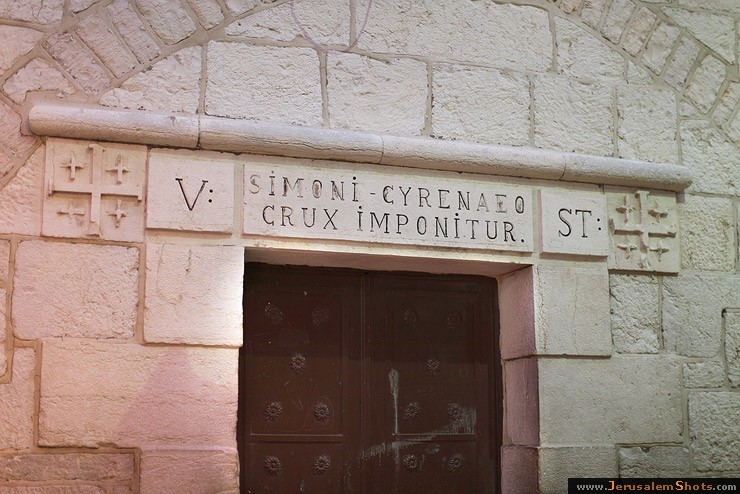
 © RomKri
\ Hand of Teddy Kollek
© RomKri
\ Hand of Teddy Kollek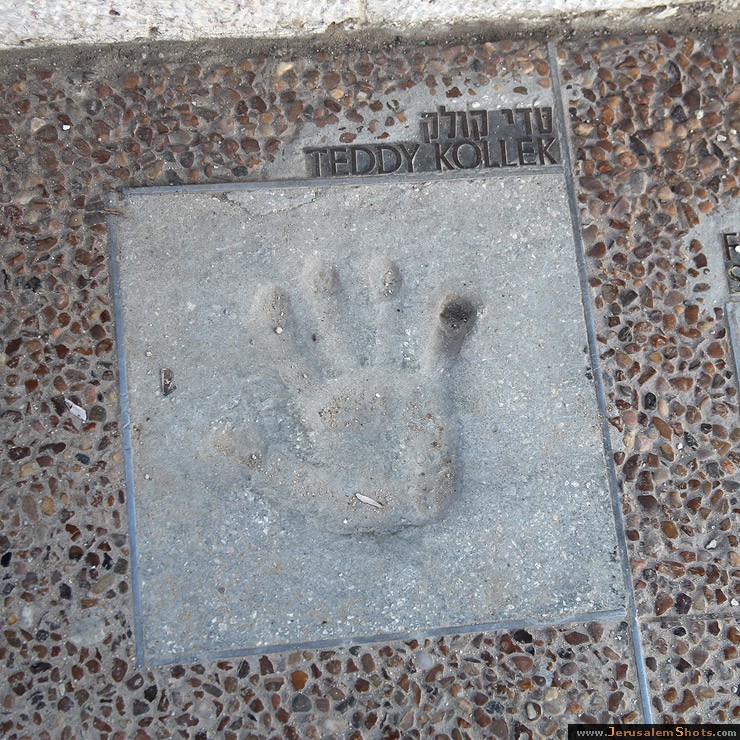
 © RomKri
\ Windows of Jerusalem
© RomKri
\ Windows of Jerusalem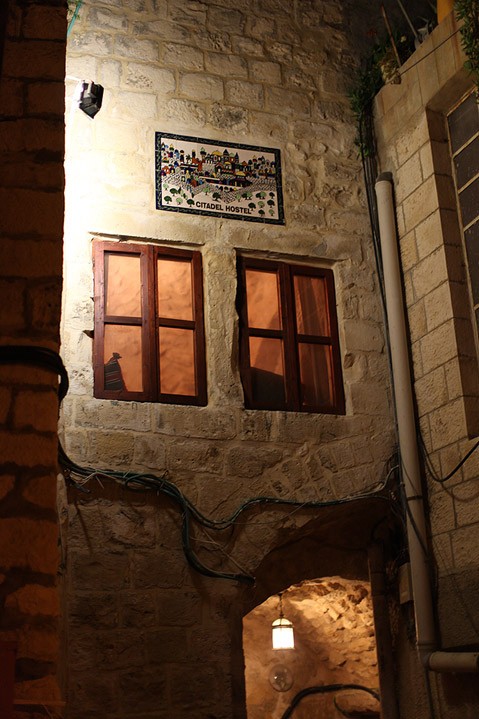
 © RomKri
\ Kotel
© RomKri
\ Kotel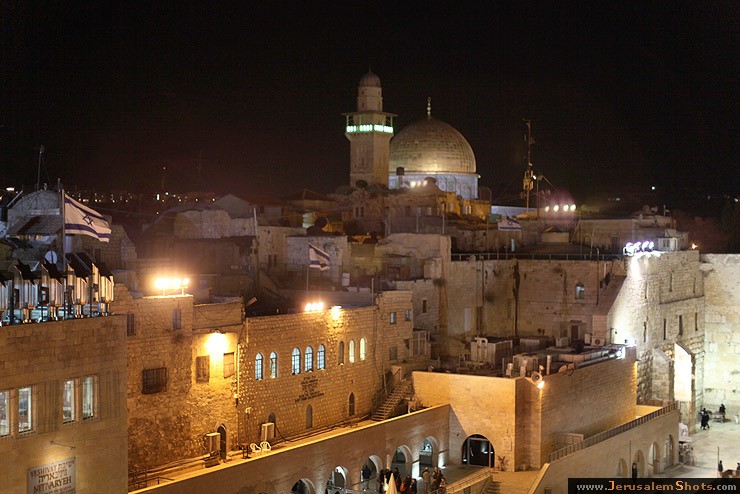
 © RomKri
\ Old City
© RomKri
\ Old City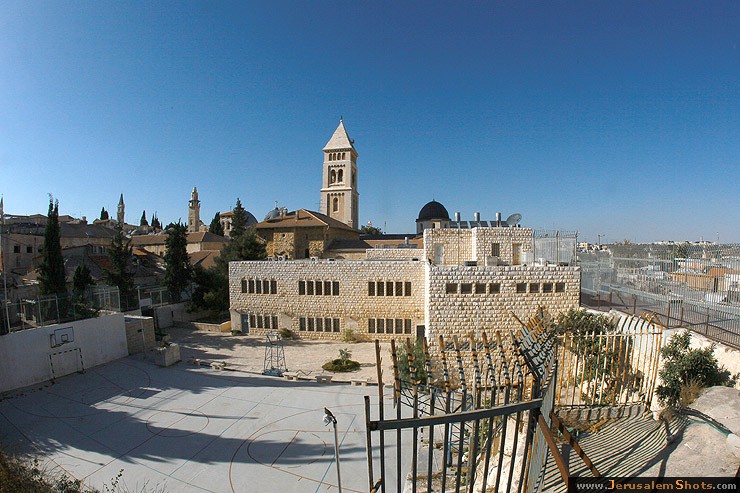
 © RomKri
\ Old City
© RomKri
\ Old City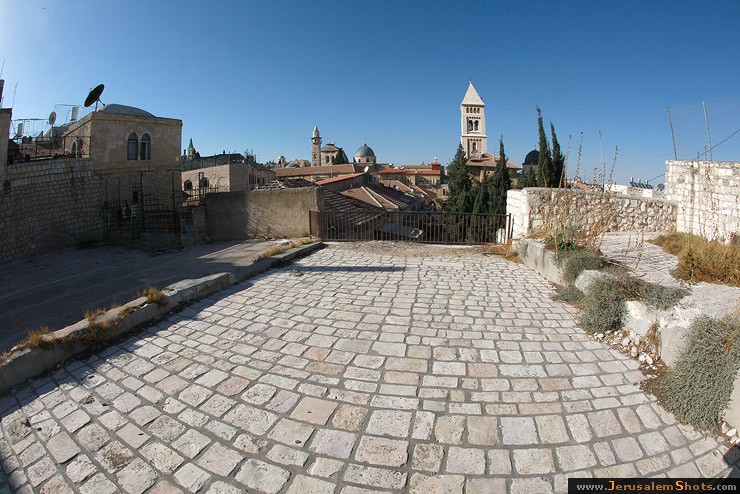
 © RomKri
\ Tractor
© RomKri
\ Tractor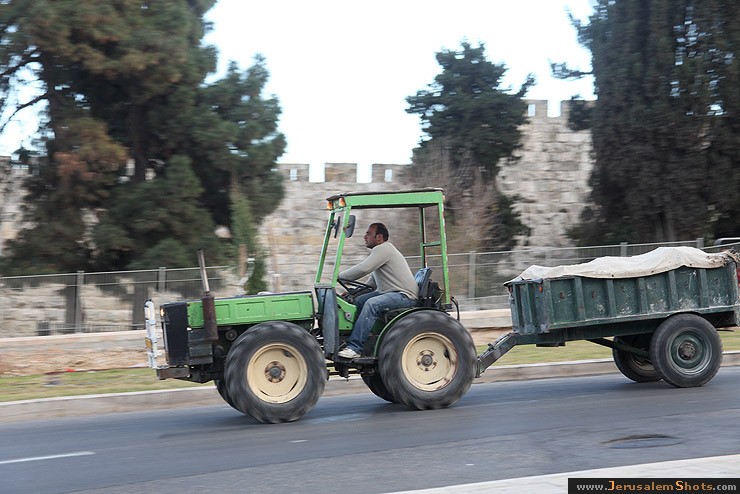
 © RomKri
\ Old City, Kotel
© RomKri
\ Old City, Kotel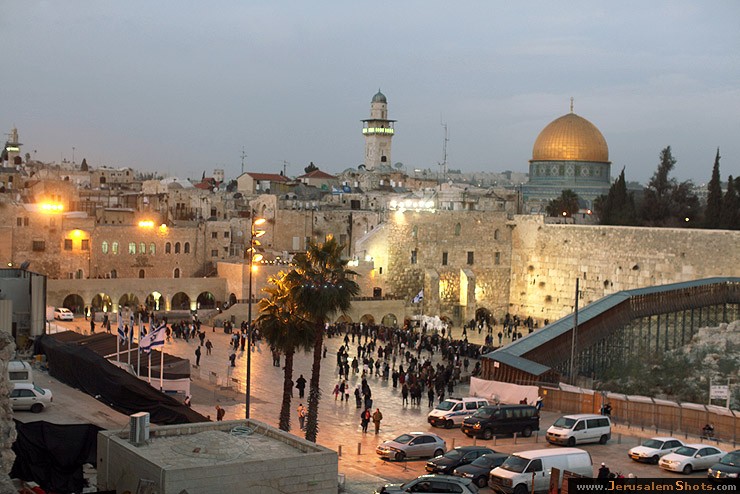
 © RomKri
\ Kotel
© RomKri
\ Kotel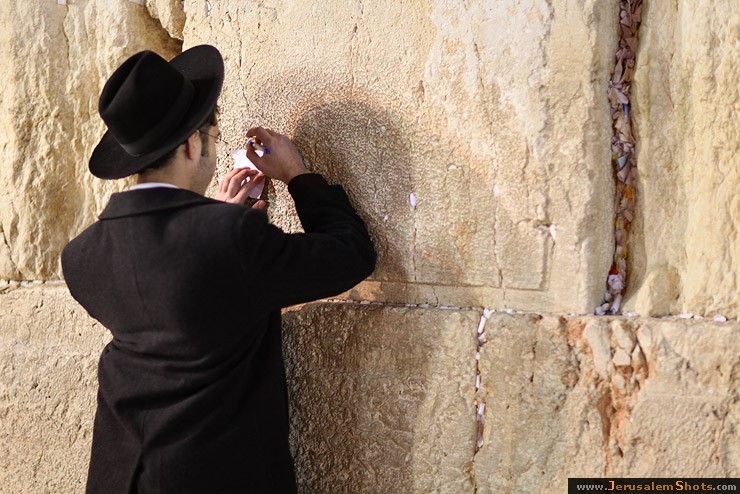
 © RomKri
\ Windows of Jerusalem
© RomKri
\ Windows of Jerusalem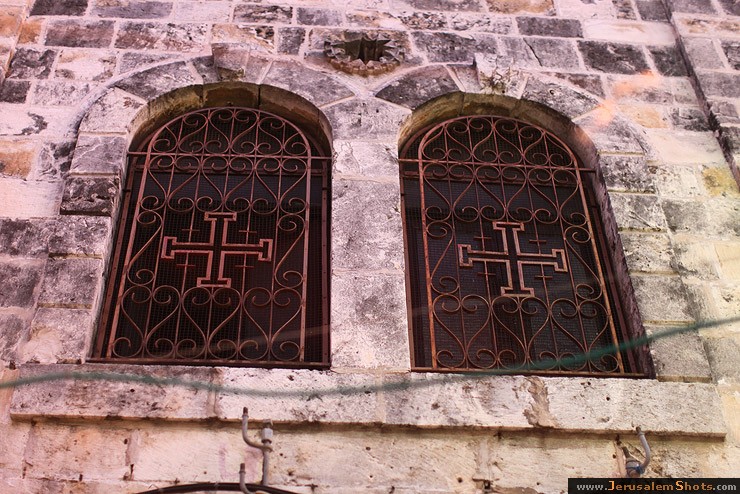


 © Valery Dembitsky
\ Vatican Church in Jerusalem
© Valery Dembitsky
\ Vatican Church in Jerusalem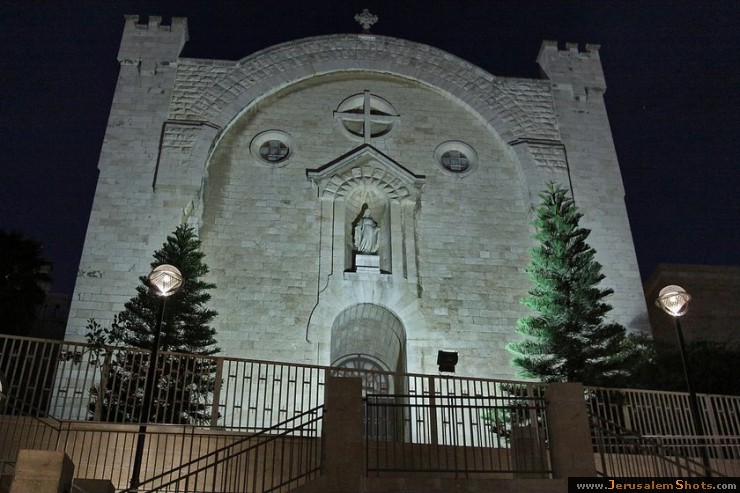


 © Valery Dembitsky
\ The Night Silhouette of Jerusalem
© Valery Dembitsky
\ The Night Silhouette of Jerusalem